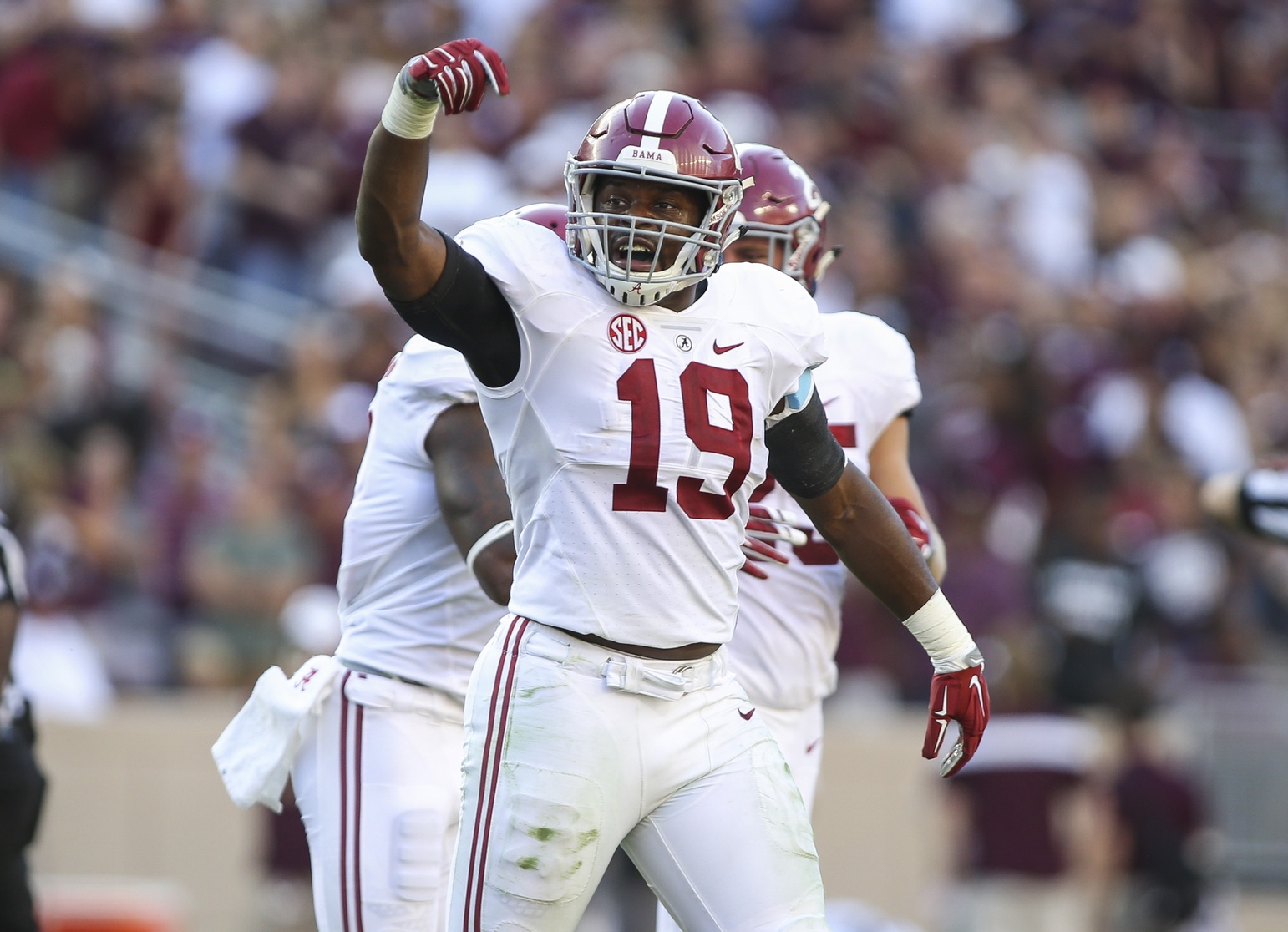
Alabama and Michigan State are definitely similar teams, so much so that some might say they are mirror images.
But how similar are they?
Yes, both of their coaches have Big Ten ties and they have built their programs into consistent winners over the past nine seasons. But let’s take a look at elements that separate their teams heading into their College Football Playoff matchup in the Cotton Bowl on New Year’s Eve.
That will help us determine whether Alabama is a better version of Michigan State, or vice versa.
Quarterbacks: Alabama’s Jacob Coker has been a game manager this season. However, his counterpart, Connor Cook, has been more of a game-changer. Not only has he thrown for 24 touchdowns and just five interceptions, Cook, a two-time Big Ten Championship Game MVP, is coming off a performance during which he led the Spartans on 22-play drive that helped them beat Iowa earlier this month and set up their meeting with Alabama.
Coker also has a good TD-to-interception ratio of 17 to 8. But he has also been the epitome of accuracy. Since Oct. 10, he has completed 71.9 percent of his passes to lead the FBS. Neither QB is particular mobile, but Cook could be the first quarterback taken in next year’s NFL Draft.
Both signal-callers know how to win; Cook’s record as a starter is 34-4 while Coker has gone 12-0 for Alabama this season. The Crimson Tide is averaging in 214.3 passing yards per game while Michigan State is throws for 236.1 per contest.
Running backs: Both teams like picking up yards on the ground while chewing up the clock, but they do that in a very different way. Derrick Henry is undoubtedly Alabama’s workhorse. The Heisman Trophy winner’s 1,986 rushing yards are an SEC record, and his 23 rushing TDs have matched the conference mark shared by Auburn’s Tre Mason and Florida’s Tim Tebow.
Henry has outrun, and outscored, Michigan State’s top three rushers — LJ Scott, Gerald Holmes and Madre London — by himself. The Spartan trio has run for 1,614 yards and 22 TDs. Thanks to Henry, the Tide is averaging 208.2 rushing yards a game; the Spartans have run for 160.7 each week.
Defenses: Alabama is the best team in the country against the run, allowing just 74 yards a game. Michigan State is yielding 113.08 yards a contest to rank seventh. The Crimson Tide’s stellar defensive line of A’Shawn Robinson, Jonathan Allen and Jarran Reed — coupled with its linebacking corps of Reggie Ragland, Reuben Foster, Denzel Devall and Dillon Lee — are the main reasons Bama has the No. 2 defense in the nation, surrendering just 258.2 yards per game and leads the country with 46 sacks. On this side of the ball, Michigan State’s biggest names are defensive end Shilique Calhoun and linebacker Riley Bullough, but Alabama’s front seven clearly has the edge here.
Bama’s secondary — cornerbacks Cyrus Jones and Marlon Humphrey along with safeties Eddie Jackson and Geno Matias-Smith and defensive back Minkah Fitzpatrick have helped the Tide yield just 184.2 passing yards a game. Their Michigan State counterparts — corners Darian Hicks and Arjen Colquhoun and safeties Montae Nicholson and Demetrious Cox — have not been as good; the Spartans are surrendering 229.2 passing yards per contest.
Overview: Several things stand out: With Cook, the Spartans are the more effective passing team behind a better quarterback. Thanks to Henry, the Crimson Tide’s running game is stronger, and Bama appears to better on every level of the defense.
The teams are definitely alike, but Alabama is a better version of Michigan State — a team that likes to pound the ball on the ground while using a stout defense to dictate games.
And the edges the Crimson Tide has in two major areas should be the difference on Dec. 31.
Stan Chrapowicki is a contributing writer for Saturday Down South. He covers SEC football, Alabama and Auburn.







